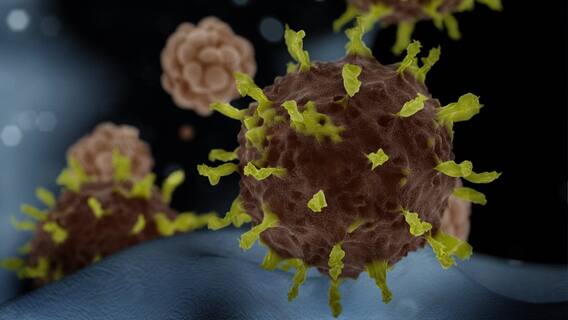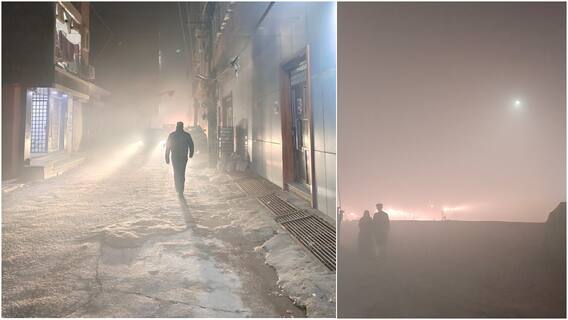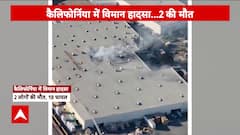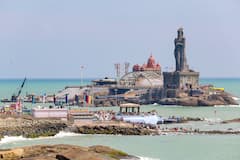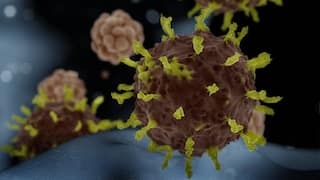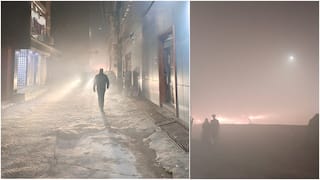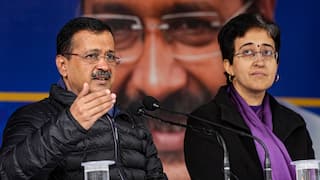Delhi Govt Bans Entry of Medium, Heavy Vehicles From October To February 2023 To Curb Pollution
Delhi Pollution: Typically, the passage of such vehicles, from trucks to mini tempos, is restricted for just 15-20 days either in November or December in the national capital.

New Delhi: The Arvind Kejriwal-led Delhi government has decided to ban the entry of medium and heavy vehicles in the national capital from October 1, 2022, to February 28, 2023, in view of the possibility of an increase in pollution in the coming winter season. Typically, the passage of such vehicles, from trucks to mini tempos, is restricted for just 15-20 days either in November or December in the national capital.
Delhi government bans entry of medium and heavy vehicles in Delhi from October 1, 2022 to February 28, 2023, in view of the possibility of an increase in pollution in the coming winter season.
— ANI (@ANI) June 23, 2022
As per reports, almost 70,000-80,000 trucks enter Delhi consistently. Vehicles that will be permitted into the city include CNG-run business vehicles; e-trucks; all trucks carrying essential goods such as vegetables, organic products, grains, eggs, ice, milk and other food things; and tankers carrying petroleum products.
Drivers and business vehicle associations have gone against the move, saying that the individuals with heavy vehicles will have to bear losses worth crores.
Banning entry of trucks in the capital for 15-20 days is acceptable, but four months is a long period and will impact transporters, said the president of All India Motor and Goods Transport Association Rajendra Kapoor as reported by The Indian Express.
"Businesses will be seriously affected. This will also impact the government’s revenue and might culminate in a hike in prices of food, vegetables and other items," he added.
He further said, “Why is the ban only for trucks? Why don’t you ban other diesel vehicles in Delhi? If diesel is a prominent pollutant, the manufacturing of diesel vehicles should be banned. This is not a solution."
Air quality in the public capital had tumbled to hazardously low levels in the cold weather in recent years.
The levels of the pollutant Particulate Matter 2.5 or PM2.5 had risen pointedly in the winter months, attributable to industrial discharges, automotive emissions and crop-residue burning in adjoining Haryana and to the extent that Punjab.
Trending News
Top Headlines










